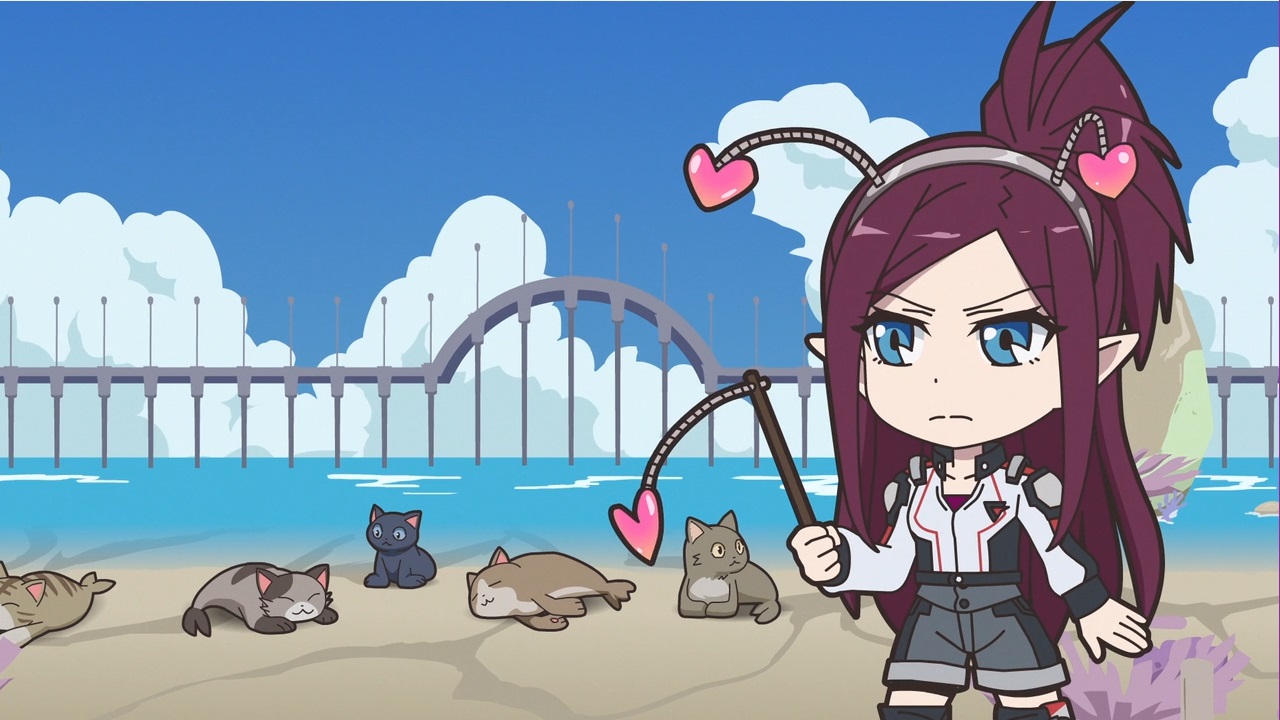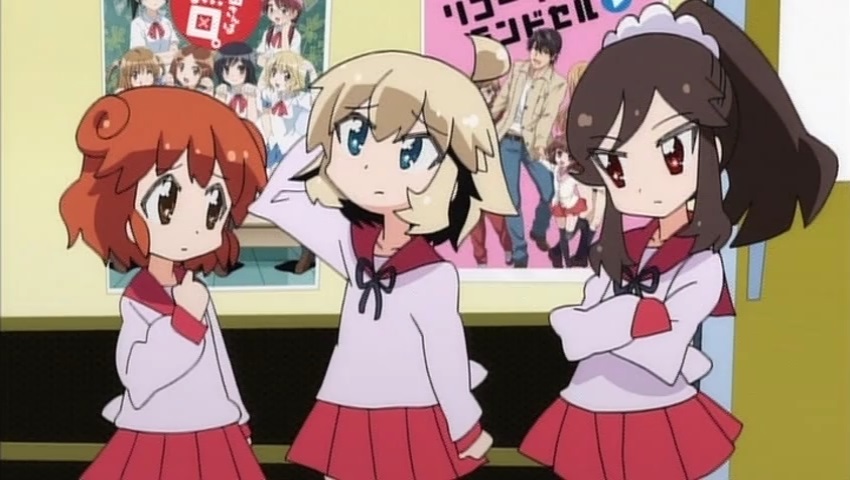Sometimes I get a little envious of American anime fandom, old enough and with access to anime early enough that in 1999 it could already twenty years retrospectives:
1979.
Twenty years ago.(Can it really be so long?)
Jimmy Carter was President. The Shah of Iran was deposed, and Americans were introduced to a new political force: Islamic Fundamentalism. The Soviet Union invaded Afghanistan, prompting us to boycott the 1980 Olympics. Margaret Thatcher was elected as Britain’s first female Prime Minister. The first computer spreadsheet software, VisiCalc, began the process of convincing America that personal computers were more than mere toys.
But none of that mattered to me. I was 12. What mattered to me was Star Blazers.
Granted, this article by Walter Amos was only published this year — this month even– by D. Merrill on his blog, but the point stands. It’s only a slight exagerration to say that anime fandom in the Netherlands barely existed even in 1999, let alone that you had whole generations of fans being able to look back on their own fannish journeys with this sort of nostalgia. There never was that kind of break out show in the Netherlands that Star Blazers, or slightly later, Robotech was in the US for that first generation of anime fans. That kind of show, adult, different and as importantly, widely available, the kind of show that could spark a fandom was never available in the Netherlands. That thrill of recognising anime as something different, something interesting had to wait until we got Manga Video imports from the UK, in the late eighties/early nineties. And the reason why is simple: because by and large, the sort of series like Star Blazers just wasn’t broadcast in the Netherlands.
The closest we got was Strijd der Planeten, a Dutch dub of the already bastardised American version of Gatchaman, Battle of the Planets. That was broadcast in the early eighties and I can’t remember anything about it, but I can remember playing it in kindergarten in ’81 or so. But that was the exception. And unlike Star Blazers, it was very much made kid friendly. That even so we re-enacted it on the playground, something I can’t remember doing for any other cartoon, means something of the original series did shine through. But that was it. I cannot remember any series that came close to the impact Star Blazers on seventies American kids being broadcast in the Netherlands. Nothing I can remember being that obviously different until I found Robotech in that one glorious summer in ’87 (?) we had proper cable before my parents chose to not use it but stick to public cable and just the boring old Dutch channels…
Which isn’t to say I didn’t watch anime back then. It’s just that the kind of anime that was available in the Netherlands was of an entirely different sort than that found in the childhoods of middle age American oldtakus. To explain why this is and what was available, we need to look at what television was like in the eighties in Holland. There was no commercial television until 1989; no more than two channels until 1988, which broadcast mostly only from the late afternoon until midnight. The main broadcasters were mass member organisations dedicated to a specific population group, dating from pillarised pre-war Dutch society where if you were e.g. Catholic you went to a Catholic school, voted Catholic, worked for a Catholic boss and of course listened to the Catholic radio. Though it was all much less strictly organised post-war and especially post-hippies, radio and tv broadcasting was largely in the hands of organisations who saw as their first mission education rather than entertainment, especially for children’s television. Which meant that the choice of cartoons and hence anime available was very much focused on the wholesome, child friendly and not so much on series like Star Blazers.

Nevertheless, I still watched a lot of anime in the eighties, even if it may have taken decades to recognise it as anime. What we got were World Masterpiece Theater-esque series like Remi or Heidi, or even more kids orientated fare like Vrouwtje Theelepel or Maja de Bij, in either case often based on safe classic children’s books. Interestingly, we also got the classic shoujo romance Candy Candy, which in hindsight was my first experience with shoujo manga tropes not to mention that whole big eyed style. Sometime later there was also the Wizard of Oz adaptation, a staple of early weekday mornings’ breakfast viewing once dedicated kids programming was broadcast then. None of these series were bad of course. In fact, a lot of them were very good indeed, stone cold classics even. It’s just they didn’t hold the same level of excitement as even that butchered version of Gatchaman delivered.


